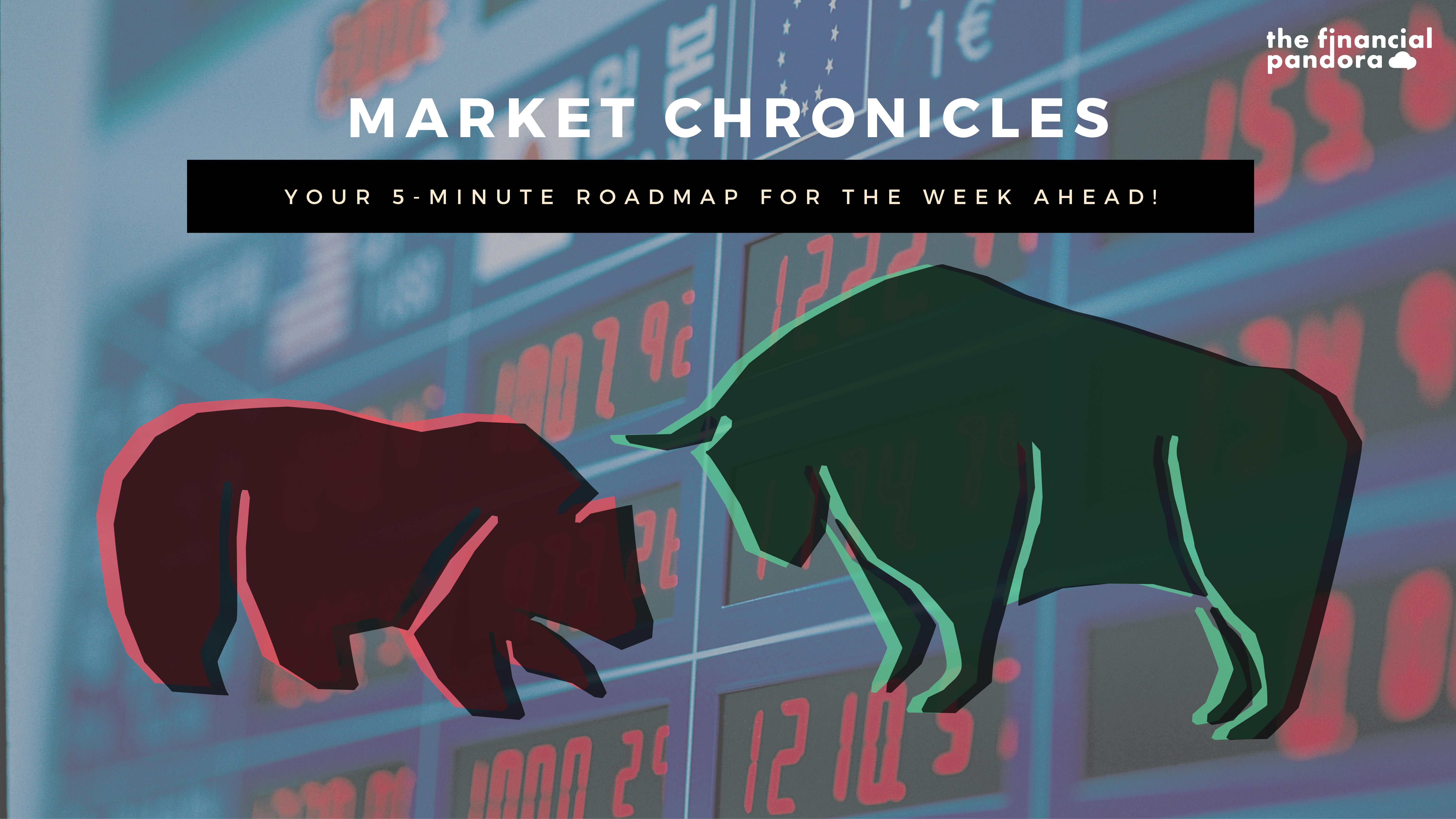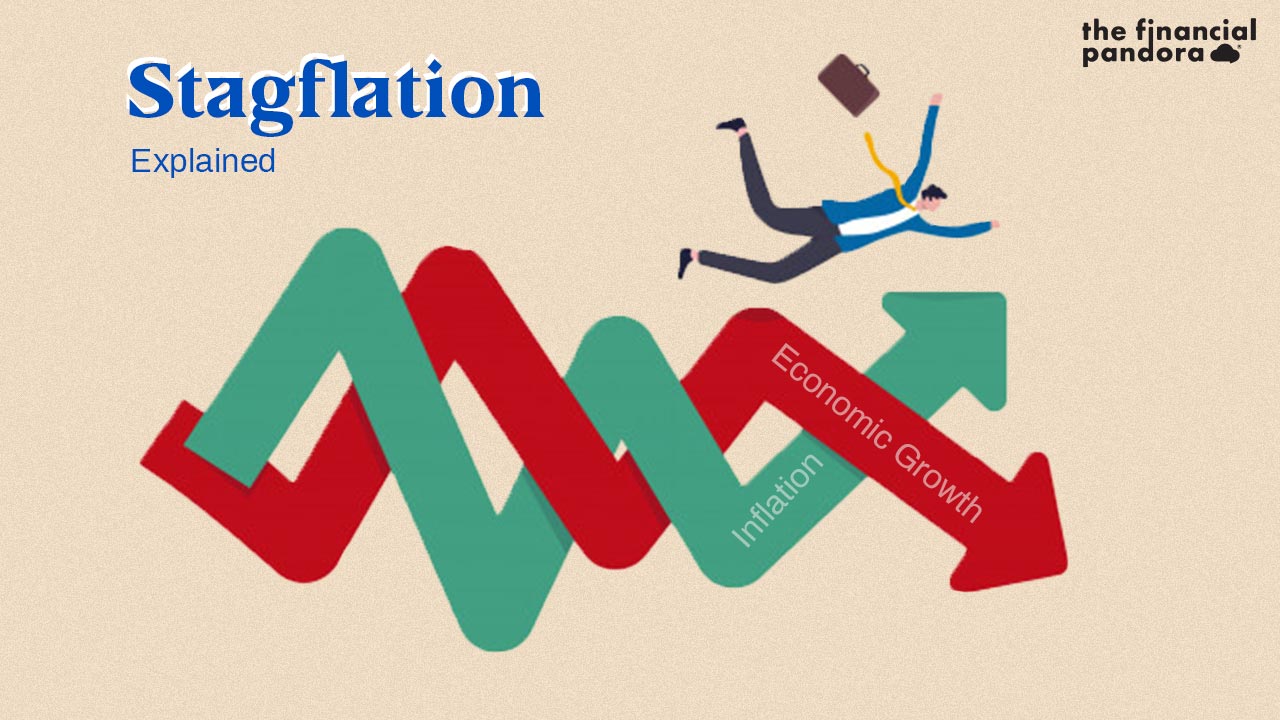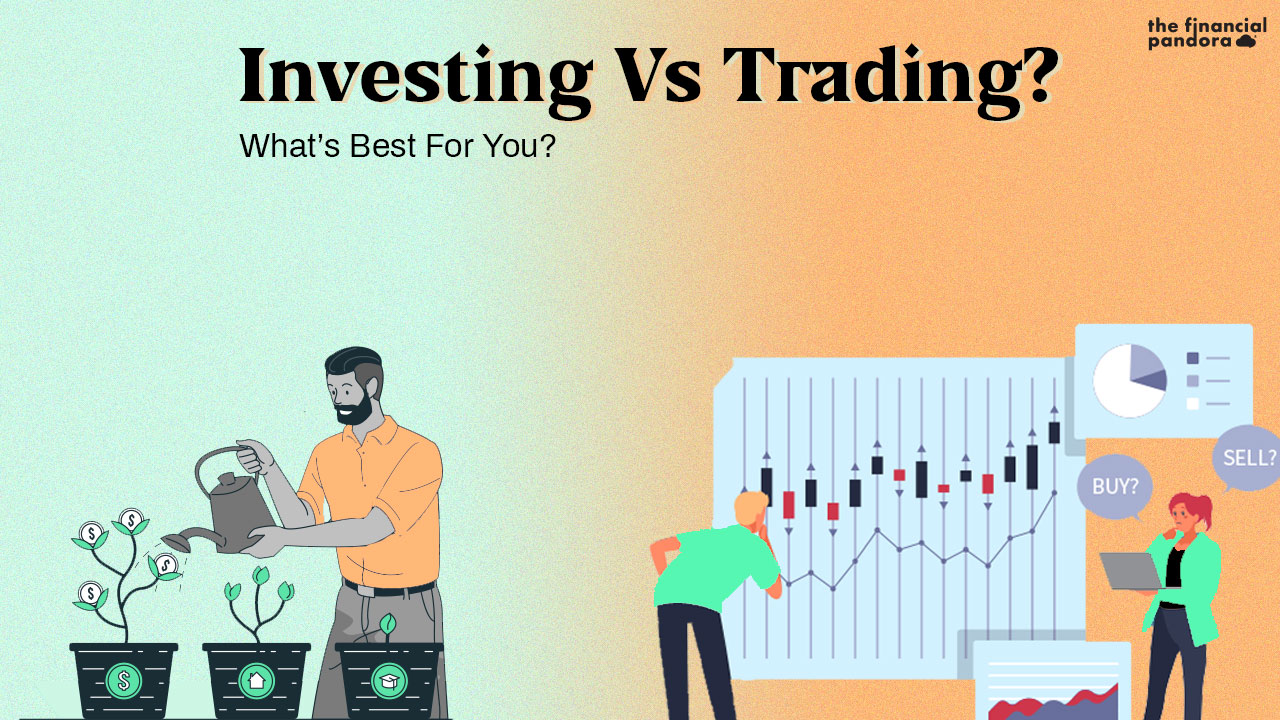What are ETFs?
ETFs are exchange traded investment funds which are best known to help the investor take a bet on the economy as a whole. The idea of the fund is to replicate a market indicator like an equity index to provide a low cost, liquid and hassle-free way of portfolio diversification.
Portfolio diversification is the way of distributing the risk ‘-by not putting all the eggs in one basket…’. An equity index is a statistically created basket of securities with a particular common factor (Like banking industry index or Top-50 companies index) and thus can be an efficient way of diversifying the risk.
ETFs provide us with necessary liquidity which means we can buy/sell the trades throughout the day; this gives them an edge over traditional Mutual funds which can be traded only at their end of the day values.
How is the replication done?
Let’s say an Indian equity index Nifty-50 has 50 stocks in particular weights. A Nifty-50 ETF would be made by picking up the same stocks of the companies with similar weights which would be a replication to achieve same growth opportunities. Any person who feels the optimism towards Indian listed companies will then have Nifty-50 ETF as a better option with lower costs and same risk exposure.
This too easy to be in finance tool works wonders in an all Equity portfolios as it provides instant diversification by investing in hundreds of different stocks across the various sectors unlike limited exposure to a single company through traditional stocks.
Moreover, it also provides an additional opportunity to bet on assets other than traditional Stocks, Bonds and Cash. The ETFs are classified primarily according to the assets they are investing in – Commodities, Bonds, Equities and Currencies. But in recent decade we do have ETFs which are investing in assets affected by particular Economic, social and political events bringing in a new range of classification characteristics.
How to invest in ETF?
Step 1: Find a portfolio relevant asset, say a Commodity, Gold.
Step 2: Open a brokerage account. Choose a good fund house (Authorized participant) and find the gold ETF managed by them.
Step 3: Understand the fee structure:
- Expense ratio fee – Fund houses charge annual fees to the investors for their expertise; 0.20 % expense ratio means that for every INR 1,000 investment an INR 2 would be charged to the investor
- Standard Commissions – As the ETFs are traded on the exchange broker specific commissions are charged to the investor; These can be percentage based or flat per trade in nature.
Step 4: Execute the trade on the exchange at the suitable value and time.
Liked the Article you just read? Show us your support by clicking that like button and sharing it with your friends using #tfpforall. Also don’t forget to leave your thoughts about the article in the comment section below.
You can become a part of our mailing list by clicking here





Wow, nice !